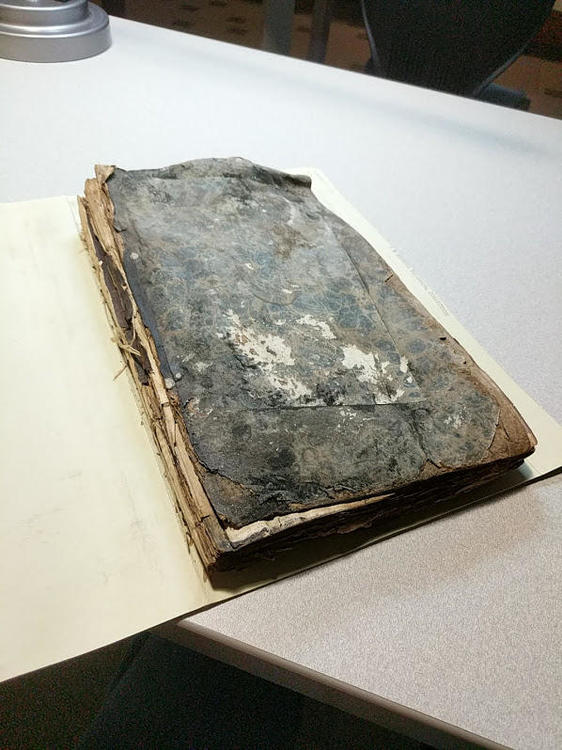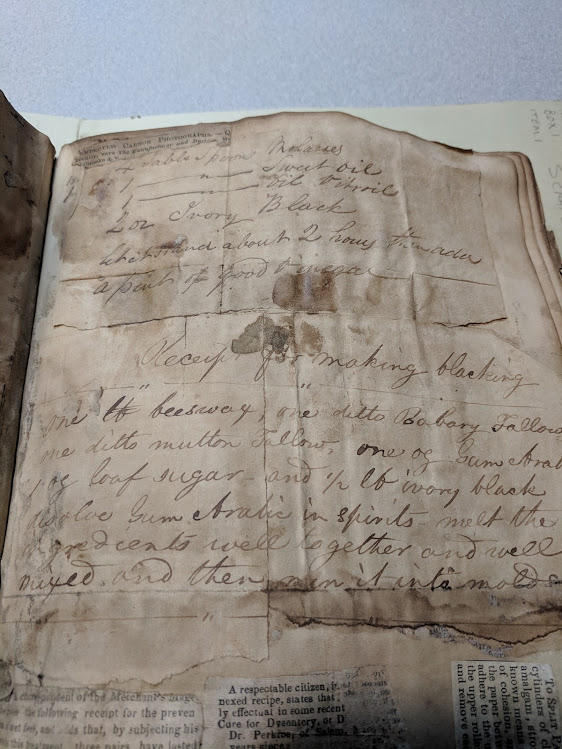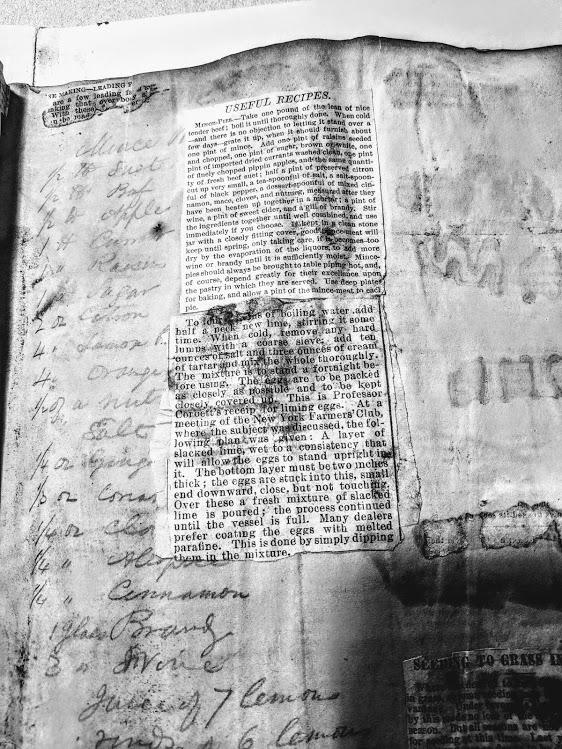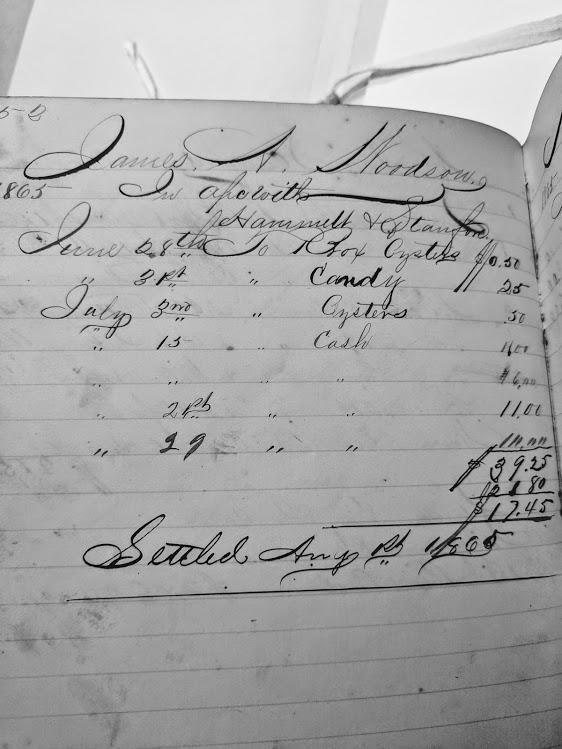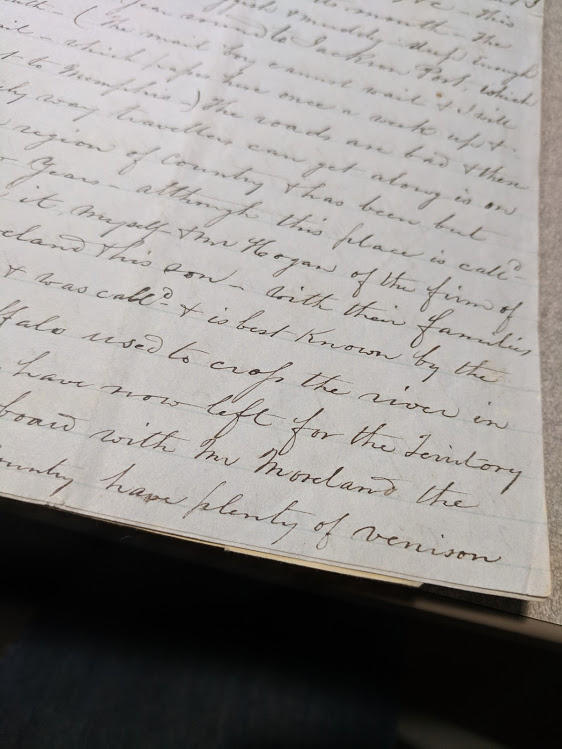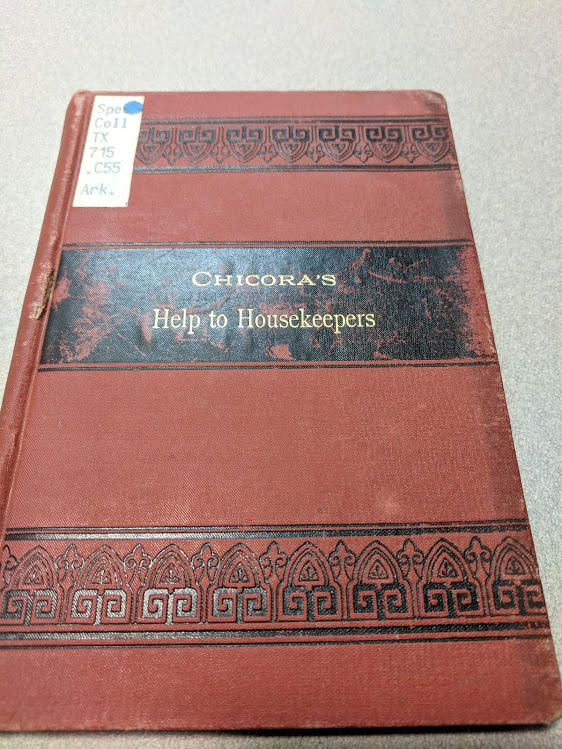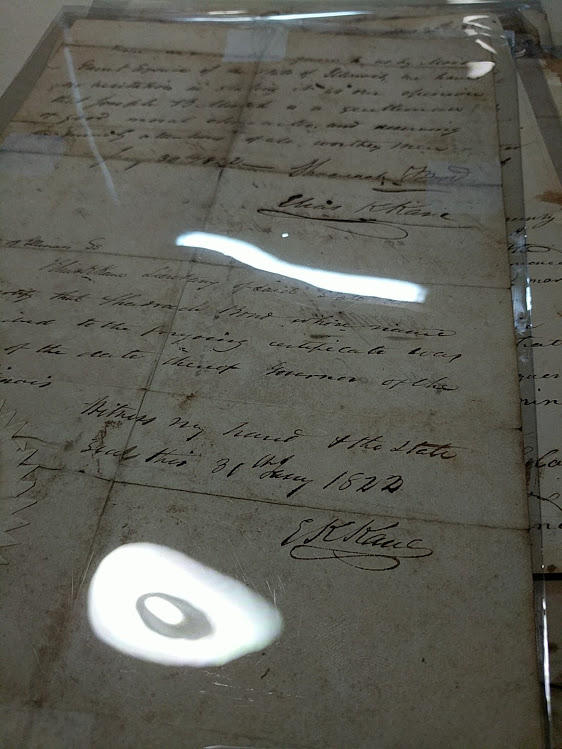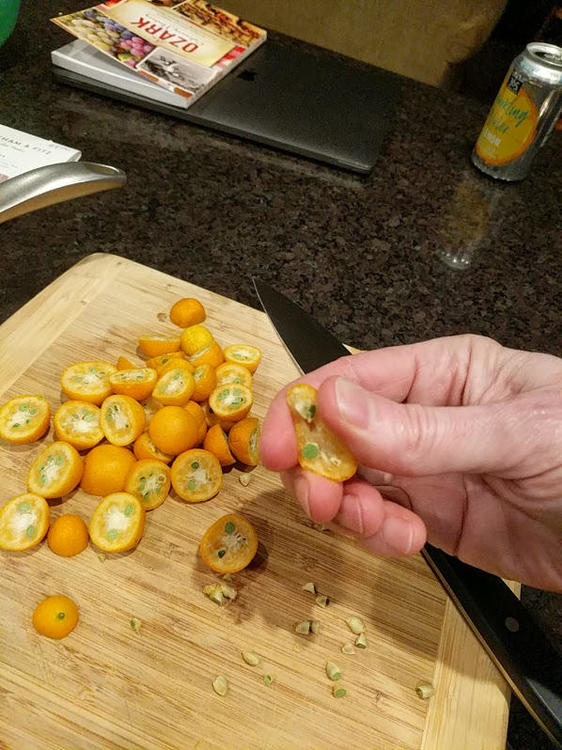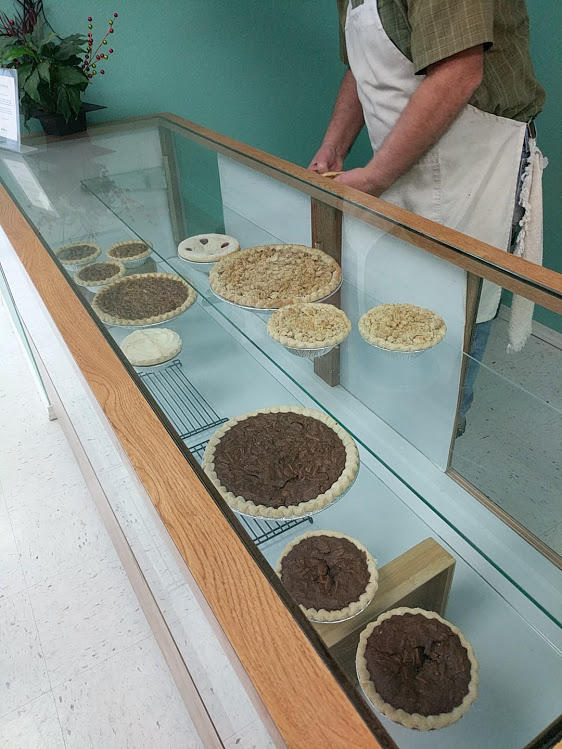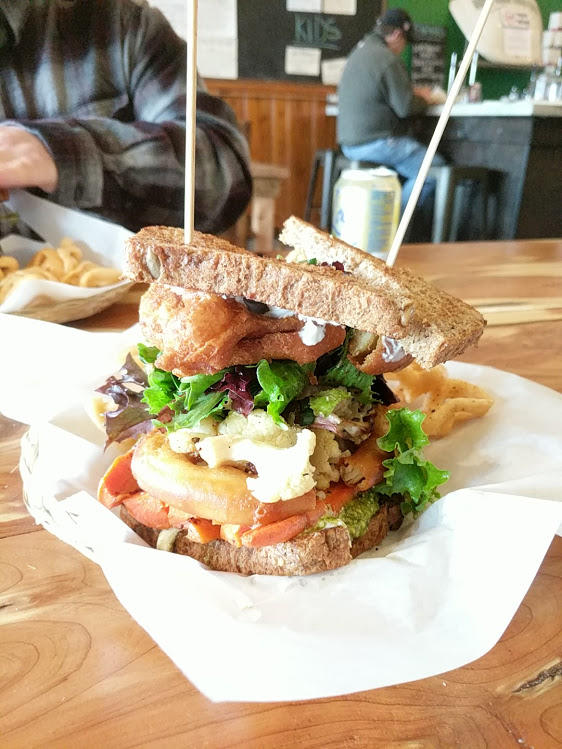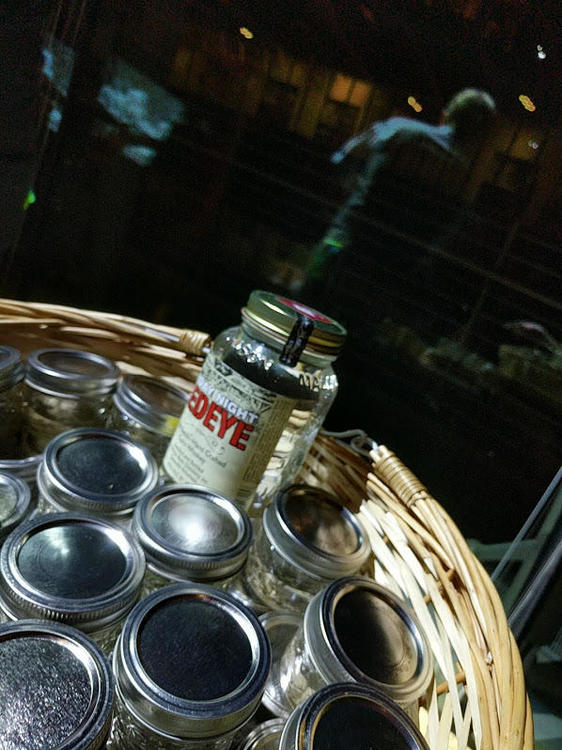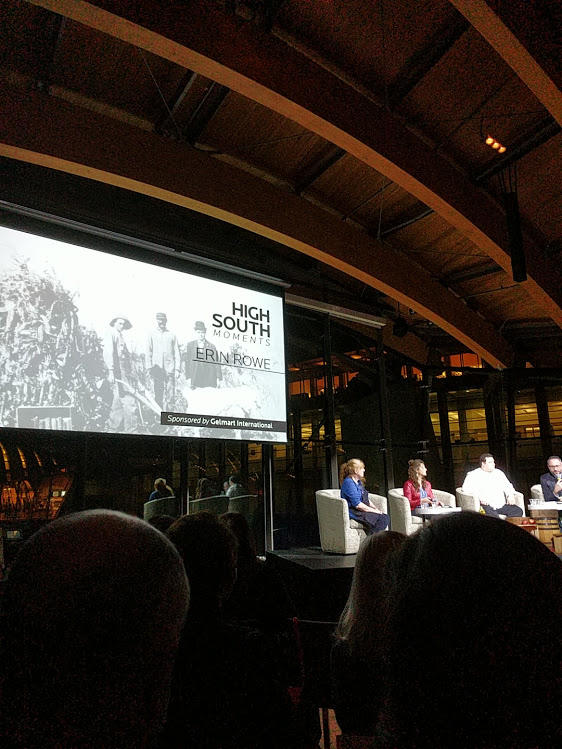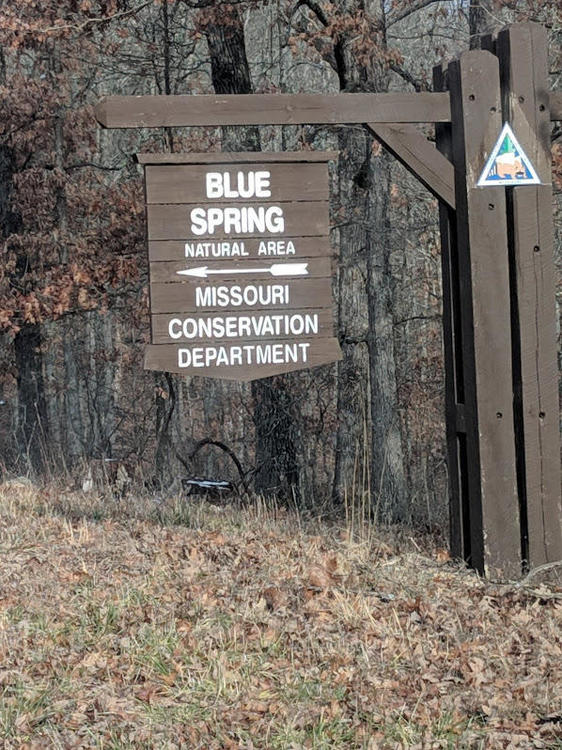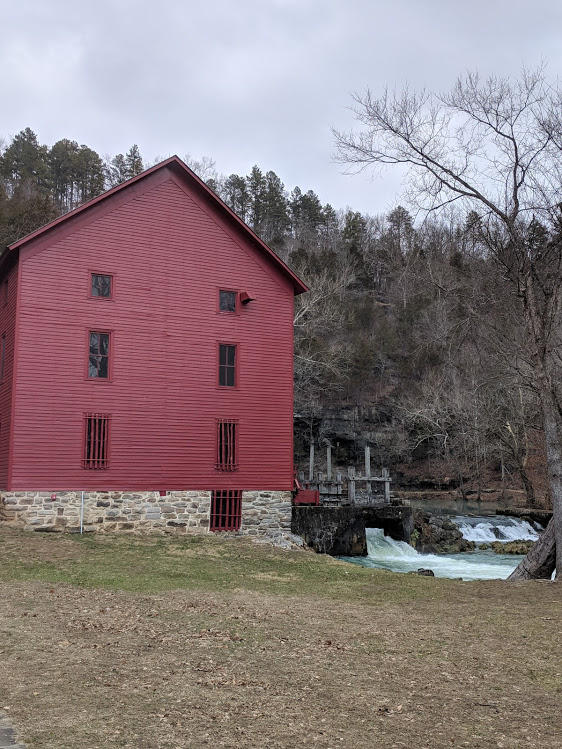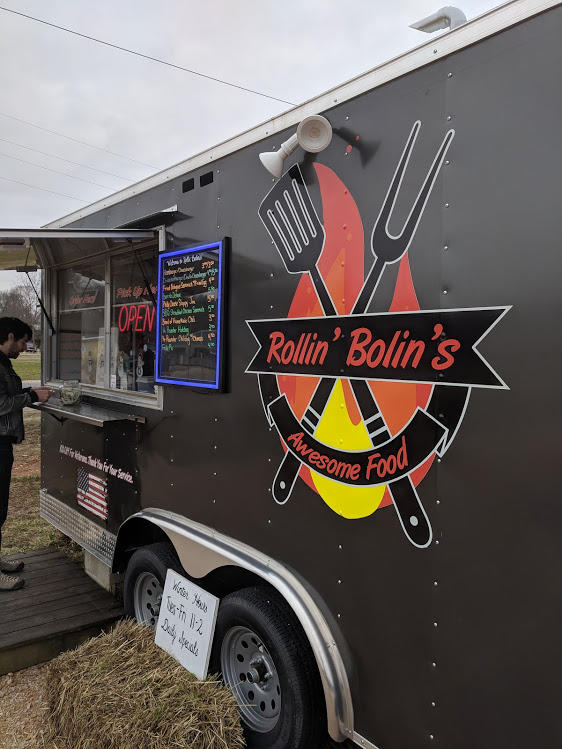-
Posts
6,155 -
Joined
-
Last visited
Content Type
Profiles
Forums
Store
Help Articles
Everything posted by gfron1
-

Starting a high profile new restaurant (after closing another)
gfron1 replied to a topic in Restaurant Life
Exactly - we couldn't figure out if they carry that card with them all the time or if they carry a laminator with them into the woods - and this was 45 minutes off trail! -

Starting a high profile new restaurant (after closing another)
gfron1 replied to a topic in Restaurant Life
It was in the article - basically it said, "you tried to hide the mushrooms I've also been watching, and now I have them and you don't." -

PLANNING: eGullet Chocolate and Confectionery Workshop 2019
gfron1 replied to a topic in Pastry & Baking
The basic outline is: Thursday - unofficial arrivals Friday - master classes from 9-12 and 1-4; chocolate social following informal dinner Saturday - breakfast on site at 8 with workshop 9-3 or 4; dinner in evening Sunday - breakfast on site at 8 with workshop 9-3 Full details should be posted any time now. The cold shut down both of the master class sites so I haven't heard back from them yet. -

Starting a high profile new restaurant (after closing another)
gfron1 replied to a topic in Restaurant Life
I only use wild persimmons. -

Starting a high profile new restaurant (after closing another)
gfron1 replied to a topic in Restaurant Life
HERE's a long-format story on our project. Since I've known many of you from the very beginning I'll add - just ignore the cringe-worthy comments and errors. Overall its still a good piece. -

Starting a high profile new restaurant (after closing another)
gfron1 replied to a topic in Restaurant Life
I hear ya, but there has already been quite a bit work done, and much of the work is being in an off-site workshop for later installation. -

Starting a high profile new restaurant (after closing another)
gfron1 replied to a topic in Restaurant Life
Geez, for those of you who have followed along from day one (nearing 3 years ago)...we have broken ground! Literally. Today the plumber started pounding out the path where the utilities will go. The finish estimate is March 15th with opening around April Fool's. I will HAPPILY start posting regular construction updates. (BTW, they're working on a Saturday!)- 620 replies
-
- 15
-

-

Starting a high profile new restaurant (after closing another)
gfron1 replied to a topic in Restaurant Life
Yes, we gather and use lots of it. One of our faves! -
Here's the response from Brooks Blevins who is an Ozark historian:
-
That's very helpful and not helpful at all 😛 That makes it sound like the meal itself, or actually the bag of meal.
-
Thanks I see it in my email and will be looking at it this afternoon. The preface by your friend does not scare me I take it as a challenge.
-
Fortunately for me this is addressed in Chicora's Help to the Housekeeper (mentioned above) which give me eggs to quarts, etc. I haven't looked at the conversion yet, but my guess is it would be subtle just based on eggs alone.
-
I am now. thanks
-
This book falls in the category of homogenization that I've mentioned either here or my restaurant thread. Right around 1920 two companies came into the Ozarks gathering recipes from communities, adding them to a base set and publishing the books to sell back to churches and groups who would then sell them in their communities. The difference between recipes before and after is night and day, and is why I've focused all of my efforts on pre-1920 and moreso the 1800s.
-

Starting a high profile new restaurant (after closing another)
gfron1 replied to a topic in Restaurant Life
We use the whole berry, both fresh earlier in summer, or dried, early fall, but in both cases we either steep the flavor or grind it for seasoning. -
And the oddity of the Swedes who settled Swedeborg, which seems so random to me. I haven't delved into that town yet. Actually the large volume is because they would make a bunch of fruitcakes that were intended to get them through winter. And I believe the Black Cake here is not the same as the Black Cake from the Caribbean. @hummingbirdkiss turned me on to her favorite Caribbean version years ago. That seems much different than this because of technique. And as many of you make know, (of course) we have a very strong discussion of black cakes HERE in eG.
-
The coolest find was the Heiskell family scrapbook from 1840-1872. Inside were about 50 pages of recipes and herbal remedies. This is one I could not believe I was allowed to touch! Inside were things like this: We're pretty sure its homemade shoe polish. But it also had a Fruit Cake recipe (I've manipulated the image to make it more legible):: Another family scrapbook from 1865 gave us this receipt: and their recipe for cornbread: and even this recipe for a Black Fruit Cake (enhanced to make it readable): So it was a great visit to the library! And now I want to do this full time! But then i was off to visit @kayb in Jonesboro for a coffee and chat. She shared her family memories of canned tomatoes, sorghum and let me ask very basic questions about how kitchens were set up. And lastly I drove to Strawberry's BBQ at Kay's recommendation and got their famous pork steak.
- 33 replies
-
- 13
-

-
Later that night we are all feeling pretty full, but I was getting antsy and saw a bowl of poor kumquats sitting around drying out, so i took over the kitchen and made kumquat moonshine marmalade. I used my patented technique of removing seeds (cut, pinch, twist) and then just made a straightforward marmalade finished with the moonshine we were gifted at the talk the night before. Then because I was still antsy I made a lemon curd which I worked into an ice cream base, and then we made a fresh bowl of lemon cream ice cream. I finished it by making marshmallow fluff and then topped it with the marmalade. It was pretty good. The next day I drove over to Little Rock, which is a gorgeous drive btw, to the Little Rock Central Library which houses a rare documents collection for the Ozarks. My primary goal was to lay hands on the oldest known cookbook from the Ozarks, but the visit turned out to be far better than I imagined. By searching their database for Food, Hunting, Game, Crops, etc, I was brought out all sorts of documents. Here's an old envelop...I love the penmanship of the time. And the oldest was this one from 1822. The writer was homesteading in a very rural area. The letter talked about interactions/trading with the indigenous people, and learning to hunt, and such. I was amazed that I was allowed to touch the actual documents. They had a person standing behind me the whole time but I was allowed to remove the paper from the sleeves to examine things more closely. This letter talked about the hunting and fishing in the area, which gave me a good sense of what meats they valued. and finally they brought me Chicora's Help to the Housekeeper. I was less impressed with the book than I expected but still some important stuff. I've been told this was the last book to use paragraph instructions for recipes instead of list format. Here are some standards of Ozark cuisine: This page is a bit more intersting Two things to point out. First is eel. Yes, we have eel in our state rivers. No one that I've found so far is catching them for food, but they were in the olden days. The second thing to note is halibut. No, there are no halibut in local rivers, but interestingly my historian friend on the first day had already explained this. He said that it was common for immigrants from other areas to come to town and make their favorite recipes using local ingredients, and in many cases the name would stick throughout time. The other thing I learned is that trout, which are raised all over the area, were introduced in the 1950s, but did not exist prior to that. Largemouth, spoonbill, drum, suckers, goggle eye and perch would have been common prior to 1950.
-
Anyone fluent in Korean? An editor from a Korean fine dining restaurant has been interviewing me and sent me a recipe for acorn liquor. Apparently the two versions I mentioned in the initial post are only available in North Korea. HERE is the blog with recipe. I would appreciate anyone who can translate better than google.
-
@Thanks for the Crepes Rabbit was my primary protein at the old restaurant. I had a local 4H kid raising white satins for me to 12 weeks. Charged me $13 per rabbit, skinned. I rarely served beef or pork, so rabbit and duck were what I focused on.
-
I had forgotten about that...it was over a year ago HERE it is. That was focused exclusively on the Ste Genevieve area which is the eastern most edge of the Ozarks.
-
On a previous trip I was put on to Onyx Coffee Lab, and in particular their black salt mocha. I am now totally addicted! That was my 8:30 am coffee...then I headed to my morning meeting for my 10 am coffee which the owner of the next shop Reverie made a black salt mocha just for me because she heard I was addicted. Turns out, she used to work at Onyx so she knew exactly how to make it. And she made one heckuva almond torte. But the point of the get together was not the coffee, it was a gathering of minds. To my left is Cher Erin Rowe (from the previous night's presentation) and Rachael Elizabeth, an Ozark forager who blogs as Once Upon A Weed. All three of us have done extensive research on the Ozarks, yet we all have slightly different emphases. I'm focused on historic cuisine. Erin is focused on modern foodways. And Rachael is focused of foraged and wildcrafted ingredients. But we all have interest in all of those areas. Essentially we spent about four hours talking through all sorts of stuff and comparing notes. Rachael introduced us to Osage Orange seeds being used for oil, Erin talked about cornbread styles, and I talked about changing terminology. Really great meeting, and we all agreed a unified voice could do big things for Ozark foods. Then in true eGullet fashion I was off to eat as many things as I could before I had to leave the next day. First stop was Gooseberry Pie Shop. They were picked over by the time we got there around 2, but we still were able to get four small pies - gooseberry, apple with salted caramel, chocolate meringue and bourbon pecan. The gooseberry was my favorite with its slight tartness. I have heard that their opossum grape pies are made by them seeding each grape by hand with a sort of needle. That's more work than I'm interested in. Then it was off for a sandwich at Natural State Sandwich Stop. My host friends love this place and talked about the crazy combos. I didn't see anything too crazy, but apparently their "thing" is to build super tall sandwiches, which while fun, are a pain to eat. I had the roast veg with herbed goat cheese spread and onion rings on the sandwich. It was delicious but mostly eaten with my fork. At this point I was crashing hard so it was time for a nap at home.
- 33 replies
-
- 18
-

-

-

Starting a high profile new restaurant (after closing another)
gfron1 replied to a topic in Restaurant Life
It is a solid book. Great material. Not all is historic, but all is authentic v the touristy stuff I find in many of the books. -
But I had to hit the road and high tail it because I had tickets for an Ozark dinner in Bentonville, AR that night at 6 pm and was meeting a group of friends for the event. I took all sorts of country roads until I got to Springfield, MO when I could jump on the interstate, which ultimately got me to the Crystal Bridges Museum. I really need to get back just to see the museum. It looked amazing but I didn't have time on this trip. I arrived just as they were opening the doors for the event - High South Moments. HSM is a series of events that the museum does to explore the heritage of the region. There's a bit of jockeying and marketing going on with terminology, and somethings I'm having to put considerable thought into. I'm looking at Ozark Cuisine. The NWA (Northwest Arkansas) area is trying to cultivate the term High South Cuisine. And a chef up in Springfield, MO is pushing Ozark Plateau Cuisine. High South was started about 7 years ago (best I can tell) by either an area college's culinary program or by Crystal Bridges (as told to me by their director on this trip). I embrace Ozark Cuisine even though having a tidy definition is impossible, but it is a celebration of the people and the land defined by the Ozark Plateau. And while that could lend itself to the Springfield chef's phrase, I think that muddies the message. Regardless, when we walked into the venue we were given a jar of moonshine! They also had mulled wine, which was yummy, but I have not seen any reference to that in my research. Alcohol, in general, has not shown up too much in my research which makes sense because of the temperance of the time. But I have found a few tidbits. The presentation was preceded by rabbit pie, cornbread with sorghum butter, smoked fish spread and a few other items. The presentation was a conversation with Chef Erin Rowe, who I met through her book An Ozark Culinary History. She and the panel talked about black apples, ham, cornbread (no sugar), and the communal aspect of Southern cooking. The talk was brief, and I had planned on sitting down with Erin the following day, so we took off for tacos! Yeyo's Mexican grill grew up out of a successful food truck, and not is housed in a really cool complex of other food related businesses. The 8th Street Market is a community food hub that has a community culinary school to teach traditional food preparations like canning. The whole package is worth reading about and experiencing. But was tired from the long drive so off to bed for me at a friend's house in Springdale 30 minutes south.
- 33 replies
-
- 18
-

-

-
Many of you have been following my journaling of the opening of my new restaurant, but this past week's r&d trip was especially interesting so I am giving it its own topic. I've made a number of trips over the past year but as my knowledge grows, I'm able to be more focused in my study, and that's leading to some really interesting stuff. The question that I'm seeking to answer is - What is Ozark Cuisine? At the most basic level it's the ingredients and techniques used to create food in the Ozark region. But, the question is also - How does it differ from Appalachian cuisine, or the larger concept of Southern cuisine. I'm approaching the questions from the perspective of geography, and the various people who make up the region including the Euro-centric immigrants, indigenous people (including Cherokee and Osage), and the enslaved people. I have also learned that 1920 is the my line of demarkation. Anything after that point is tainted because that is when companies started popping up to gather local recipes, add them to existing recipes, and then print them as cookbooks for churches to sell. Once that happened, homogenization followed and there are only rare instances of recipe purity. And so I focus on historical evidence. I've connected with all the key researchers and the various libraries that house rare books related to the Ozarks. With that brief backstory, here's my latest trip. I had a few primary destinations for this trip, but I'm always looking for sources of ingredients too so I had many "if I have time" stops added. First up was Eminence, MO. Eminence has all sorts of Ozark history, and it is of particular interest because it's an isolated pocket that is remote enough that it retains its cultural identity. I had previously visited a town just to the North called Shannondale, which holds an annual Ozark folk craft camp each summer, but that was before I had committed to learning the history of the region. Nowadays its all about float trips and fishing, but back in the days it was logging. In Eminence I met up with a local historian who had reached out to me, who wanted to make sure I knew about Ozark culture in his area. His family traces its Ozark lineage back to the 1860s, and his mother still lives in the old ways albeit in a much more comfortable home. I arrived at his house and we jumped in his big ol' truck (I had a reporter in tow too for this leg of the trip), and we drove off so he could show me the various homesteads. If you google the area you'll see that most of the land is s combination of state or federal lands. Missouri has an impressive amount of state parks and conservation areas, and they are really well managed - I say that as someone who is very protective of public lands, but also believes in the importance of using the lands in a responsible way. One of the geologic characteristics of the area is the vast amount of springs, and as a consequence, caves and caverns. This is limestone country, and the water shines a beautiful green-blue as a result. This is an artesian well, which I was less impressed with than seeing all that fresh yummy watercress! The Alley Mill has been saved by the feds. Not in use anymore, the amount of water that still pumps through from springs in unbelievable to me. The spring source is not even 75 yards from the building and it flows 81,000,000 gallons a day. I can't even fathom that much water flowing up out of the ground that quickly...but it does. Most of the driving was spent talking about historic hunting, what his family ate, and me asking detailed questions about things such as lard storage, meat smoking techniques and such, and always testing whether the info was modern or traditional, and Ozark or Appalachian. But then it was time to hit the road so i said my goodbyes and grabbed a bite at a new food truck - Rollin Bollin'. They had all the usual suspects - burgers and such, but I had to get the fried bologna sandwich since I don't see those often. I later learned that those have a long history in the Ozarks (and I'm sure elsewhere). Here it was cut thick on bias, griddled until there was a light crisp and topped with a fried egg. It was delicious.
- 33 replies
-
- 17
-





